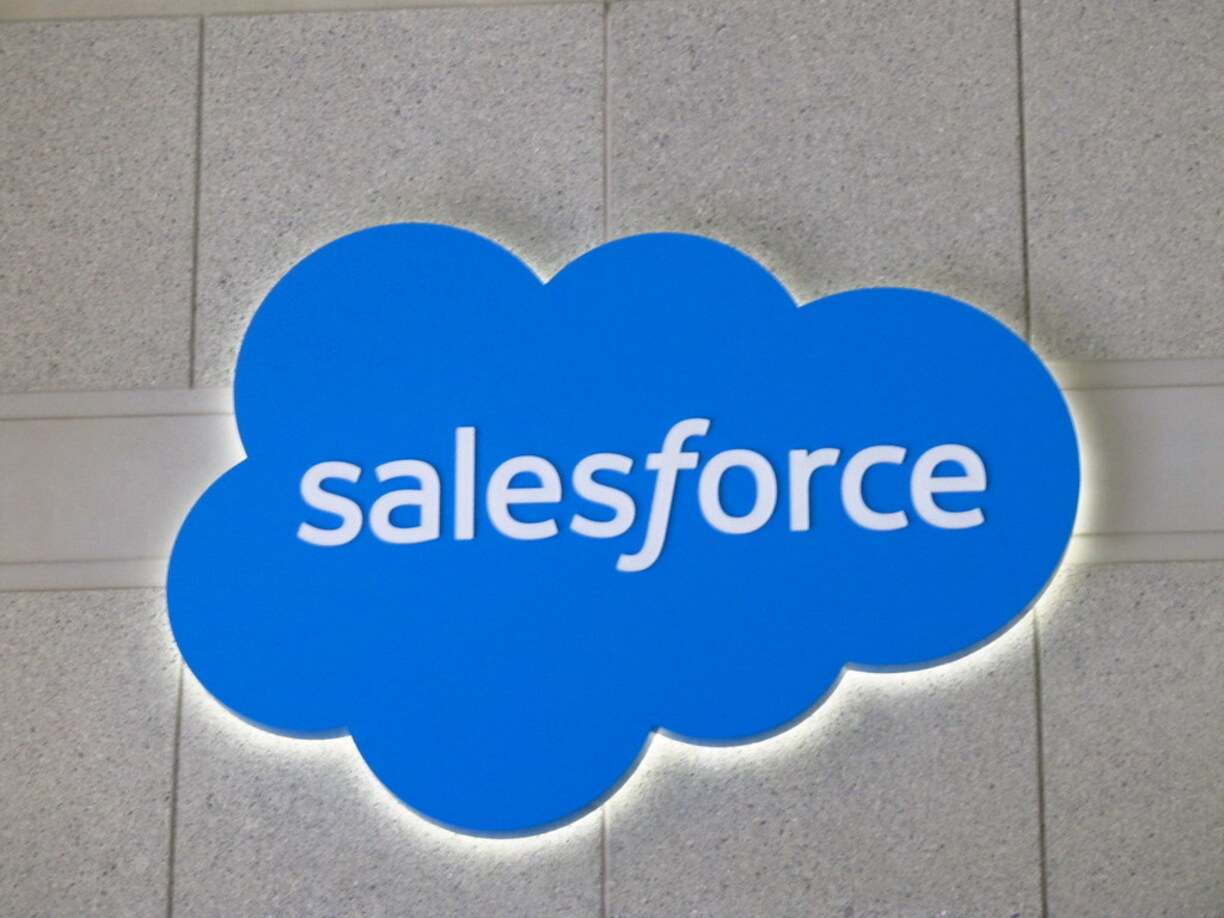Salesforce (the company) has arguably done more to advance the adoption of what’s now commonly known as “cloud software” than any other company. When Salesforce (the product) was first launched, a majority of businesspeople were distrustful of any third party holding their valuable contact data. Keep in mind that Salesforce existed years before Gmail, Facebook, Twitter, iTunes, and many other now-popular cloud brands came along.
The company’s milestones:
1999 – The company was founded in 1999 by former Oracle executive Marc Benioff, together with Parker Harris, Dave Moellenhoff, and Frank Dominguez as a software as a service (SaaS) company, with a clear vision to be “A World-Class Internet Company for Sales Force Automation.”
2000 – Salesforce.com officially launches at an event themed around “The End of Software” at San Francisco’s Regency Theater with 1,500 attendees and a concert with The B-52s.
2001 – Salesforce announces its expansion into the worldwide marketplace with headquarters in Dublin and Tokyo.
2002 – The company has 5,740 customers, 70,000 users in 107 countries accessing the service in multiple currencies and eight languages.
2003 – The first Dreamforce event is held at the Westin St. Francis hotel in downtown San Francisco. Just over 1,000 registered attendees take part in the event, which has 52 presentations.
2004 – Some 8,000 developers and 150 independent software vendors are using Salesforce technologies to create apps. Salesforce has 12 offices around the world.
2005 – Salesforce introduces its AppExchange service, offering third-party developers a place to work on their own applications and open them up to Salesforce customers.
2006 – Salesforce’s mobile journey starts with the acquisition of wireless technology startup Sendia, and the original Salesforce mobile app, AppExchange Mobile.
2007 – IdeaExchange (now Trailblazer Community) launches, inviting customers to contribute new feature ideas for future releases. The AppExchange community has 450 independent software vendor partners.

2008 – Force.com is released, making it easier for customers to build and install apps on Salesforce’s architecture.
2009 – The first application built on Force.com for the iPhone launches, and it’s the first enterprise partner on Apple’s App Store.
2010 – Salesforce is named by the Ethisphere Institute as one of the world’s most ethical companies for the fourth consecutive year.
2011 – Salesforce launches Chatter as a social collaboration service for the enterprise; more than 80,000 customers adopt Chatter in the first year.
2013 – Salesforce completes its largest acquisition to date with ExactTarget, allowing it to supercharge the power of Marketing Cloud. The Salesforce1 Platform launches, empowering customers to run their business from their phone.
2014 – Salesforce launches Trailhead, empowering anyone — regardless of education level — to develop the skills needed for top tech jobs.
2015 – Salesforce announces new Lightning Experience, a completely new CRM experience. Salesforce also unveils IoT Cloud, connecting billions of events from devices, sensors, apps and more from the Internet of Things to Salesforce.
2016 – Salesforce conducts its first equal pay assessment, resulting in $3 million in salary adjustments. Salesforce Tower opens in New York.

2017 – Salesforce launches Einstein, the first comprehensive artificial intelligence (AI) technology for CRM, making AI accessible to every company and business user.
2018 – The company introduces Salesforce Customer 360, a new platform service that seamlessly manages customer data across clouds via a click-based user interface.
2020 – Salesforce launches a number of products and resources to help companies navigate the pandemic including:
Salesforce Care, a set of free rapid response solutions, companies can stay connected to employees, customers, and partners during the pandemic.
.jpg)
Work.com, a suite of expert advice, content, data, and new products to help companies around the globe reopen their businesses and communities, then get back to growth.
Vaccine Cloud to help public health authorities, healthcare providers, and nonprofits quickly scale vaccine operations, from recipient registration and scheduling to inventory management and public health outreach.
According to salesforce.com; en.wikipedia.org. Source of photo: internet








